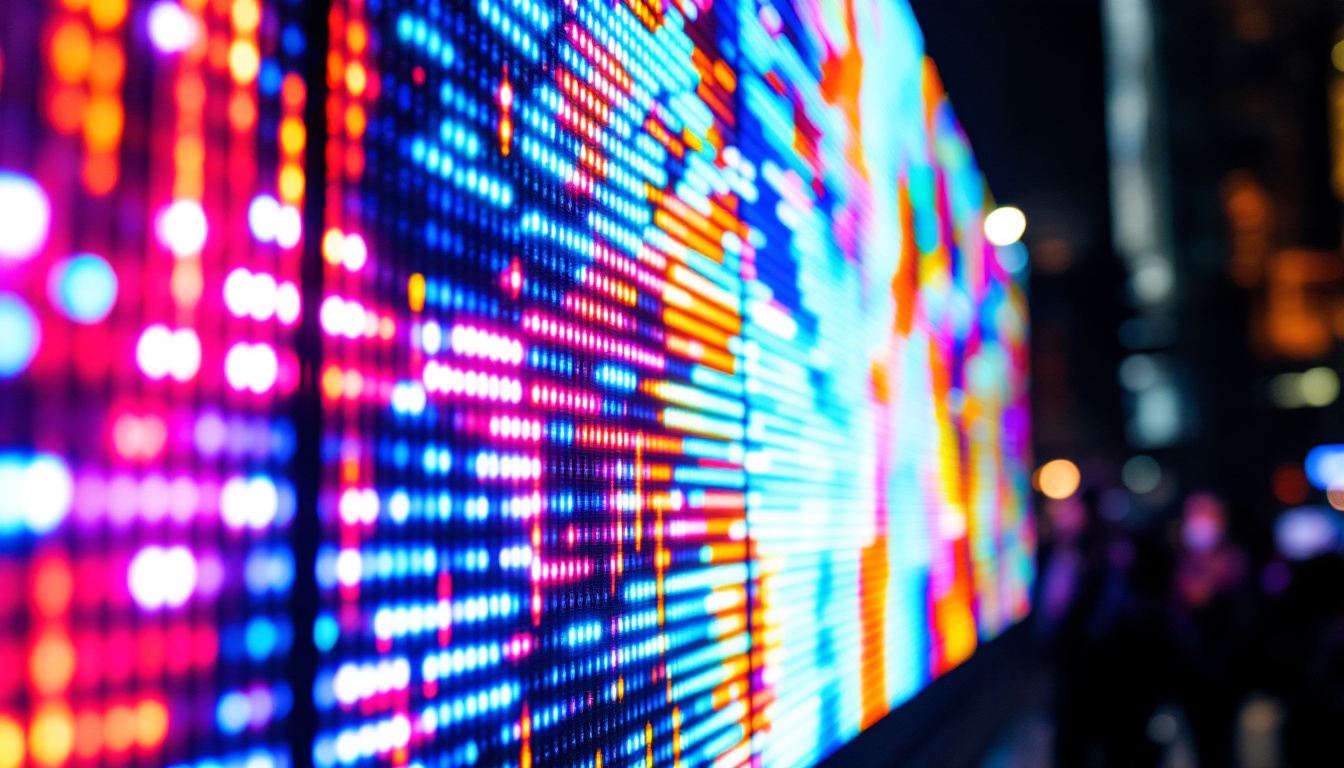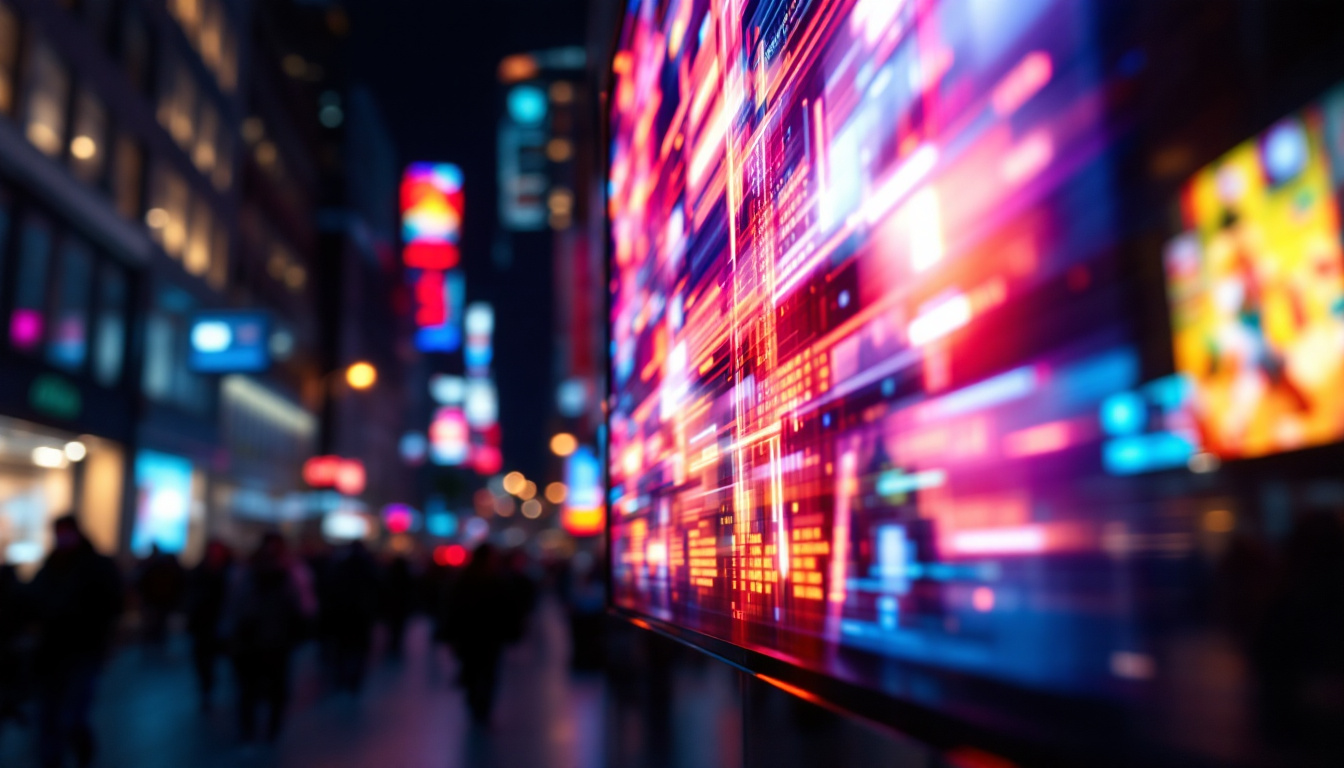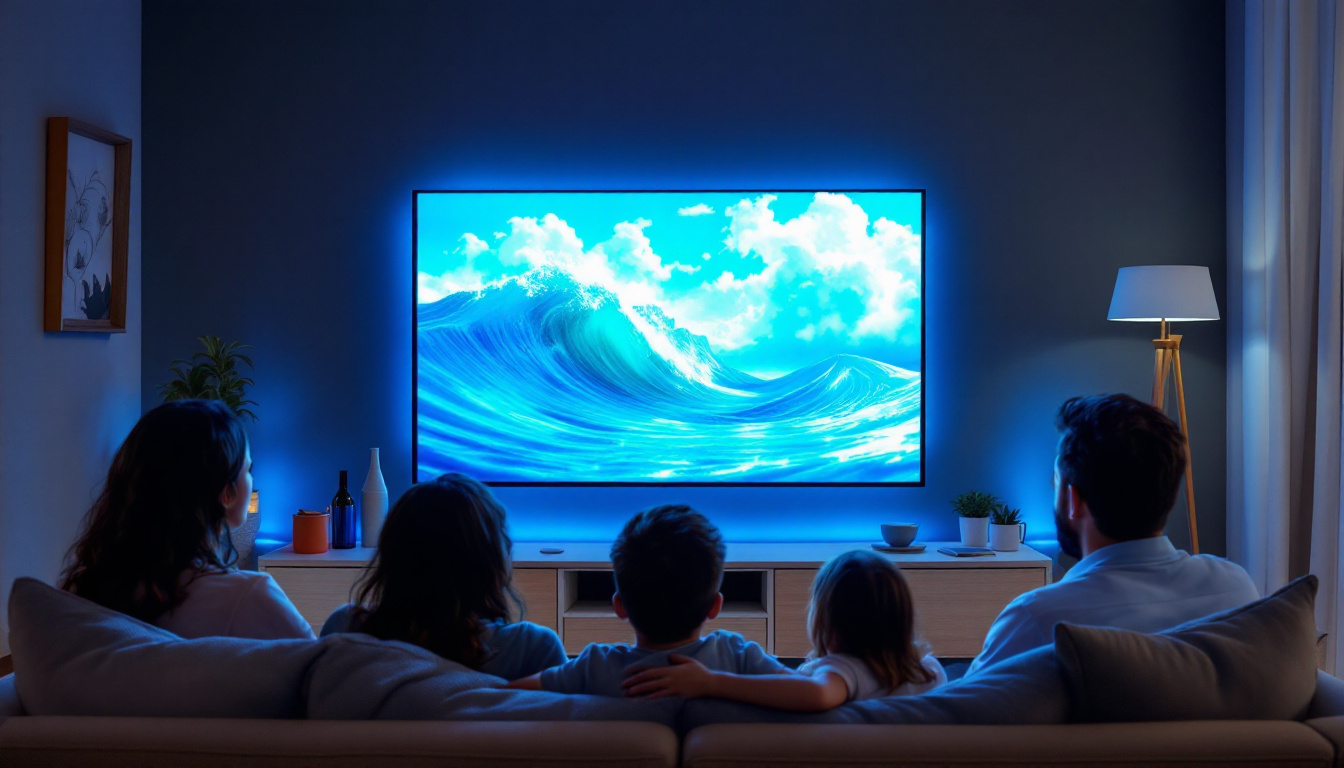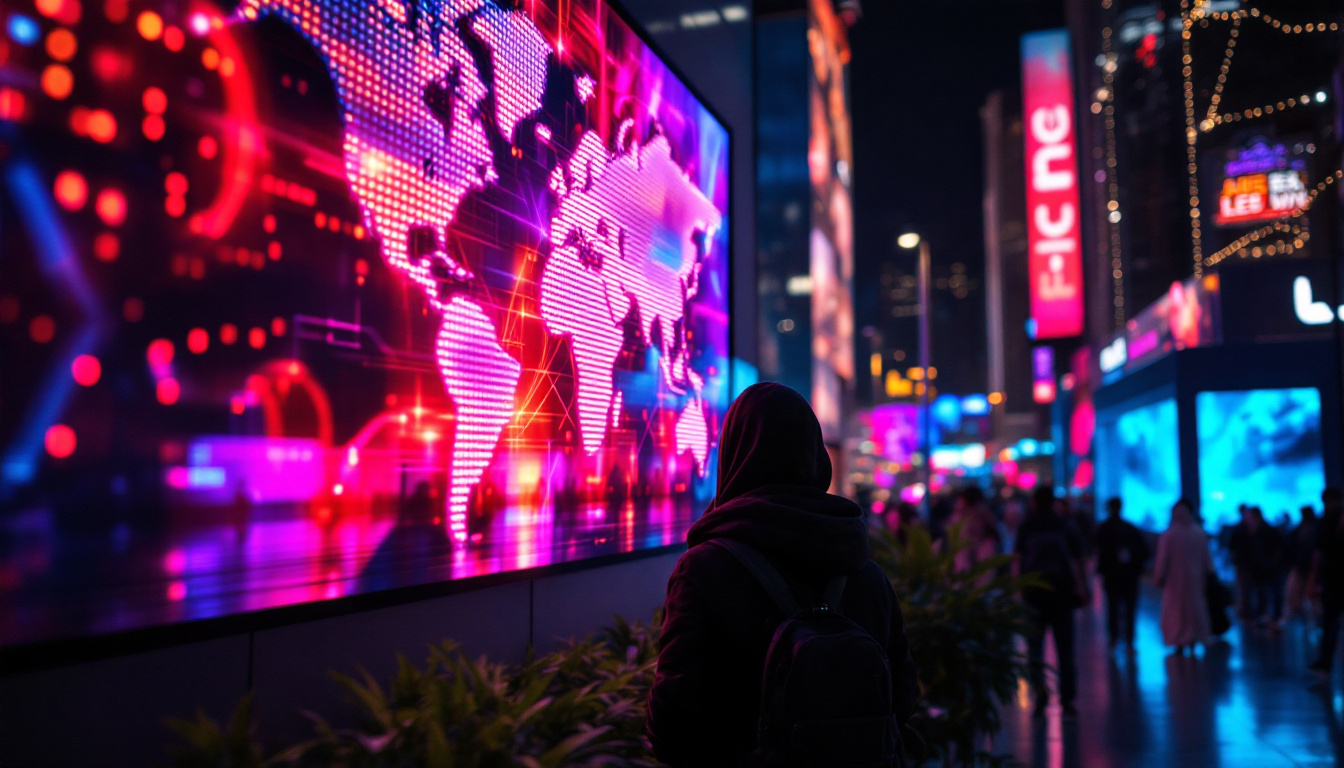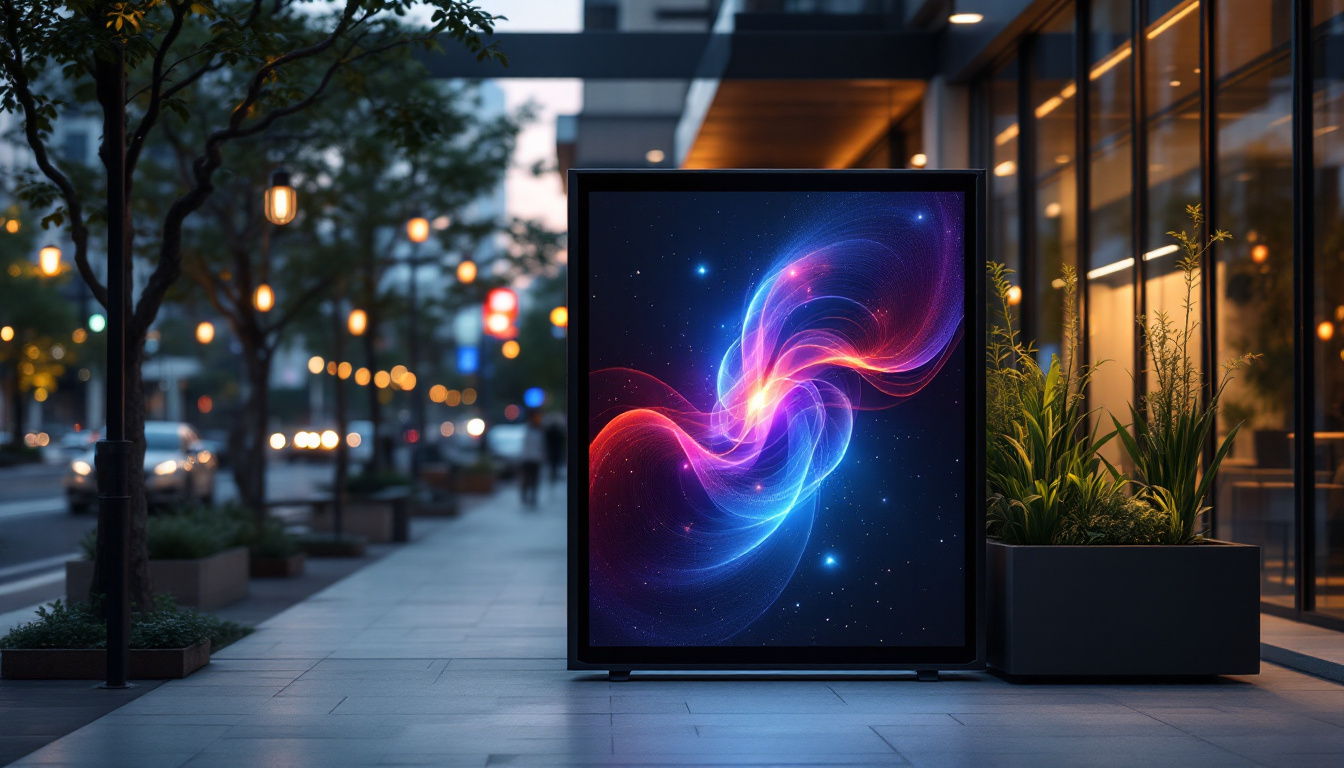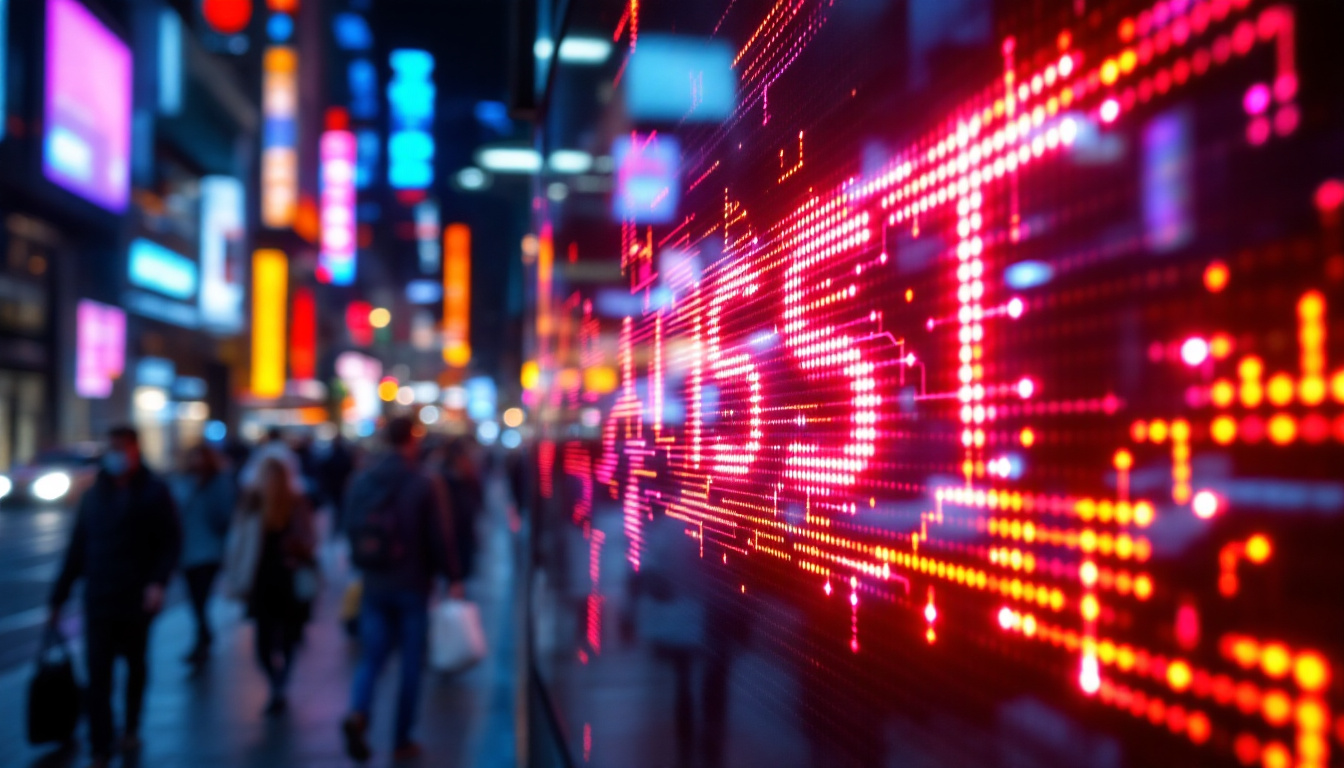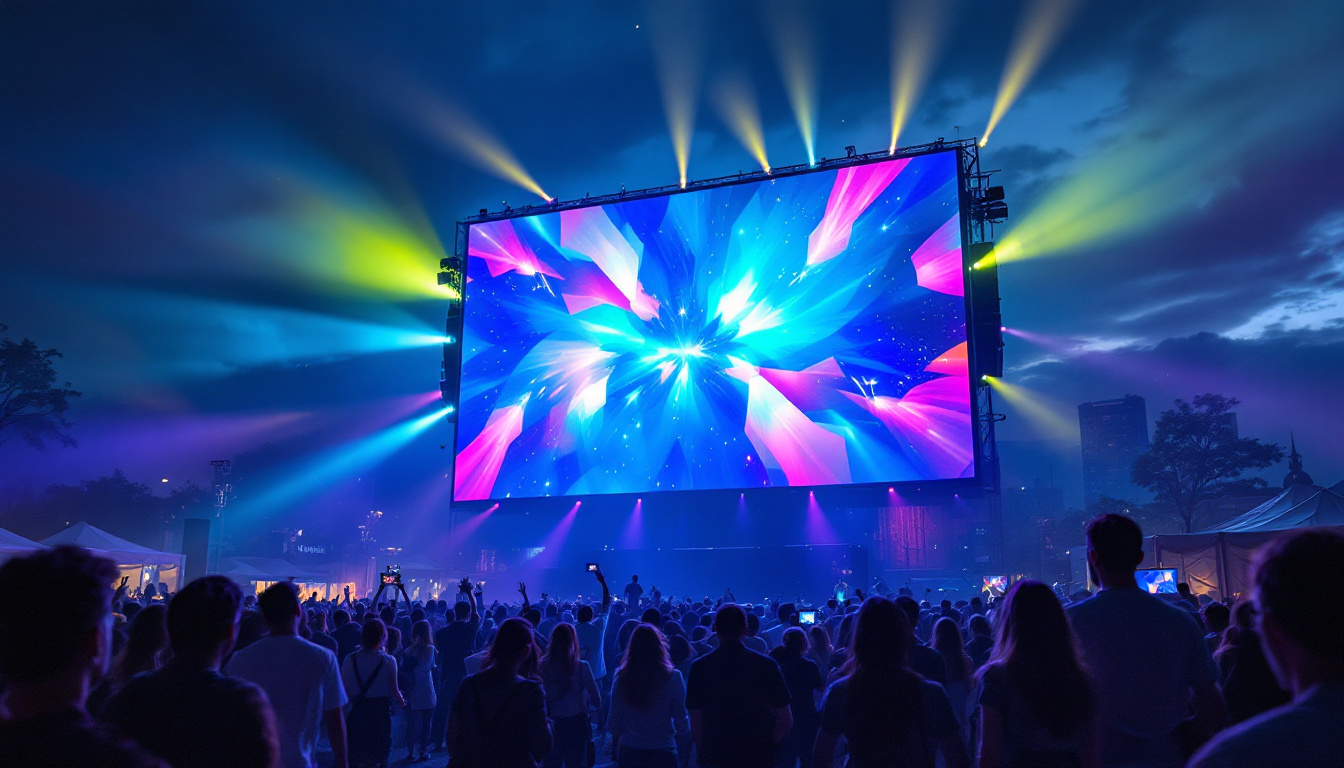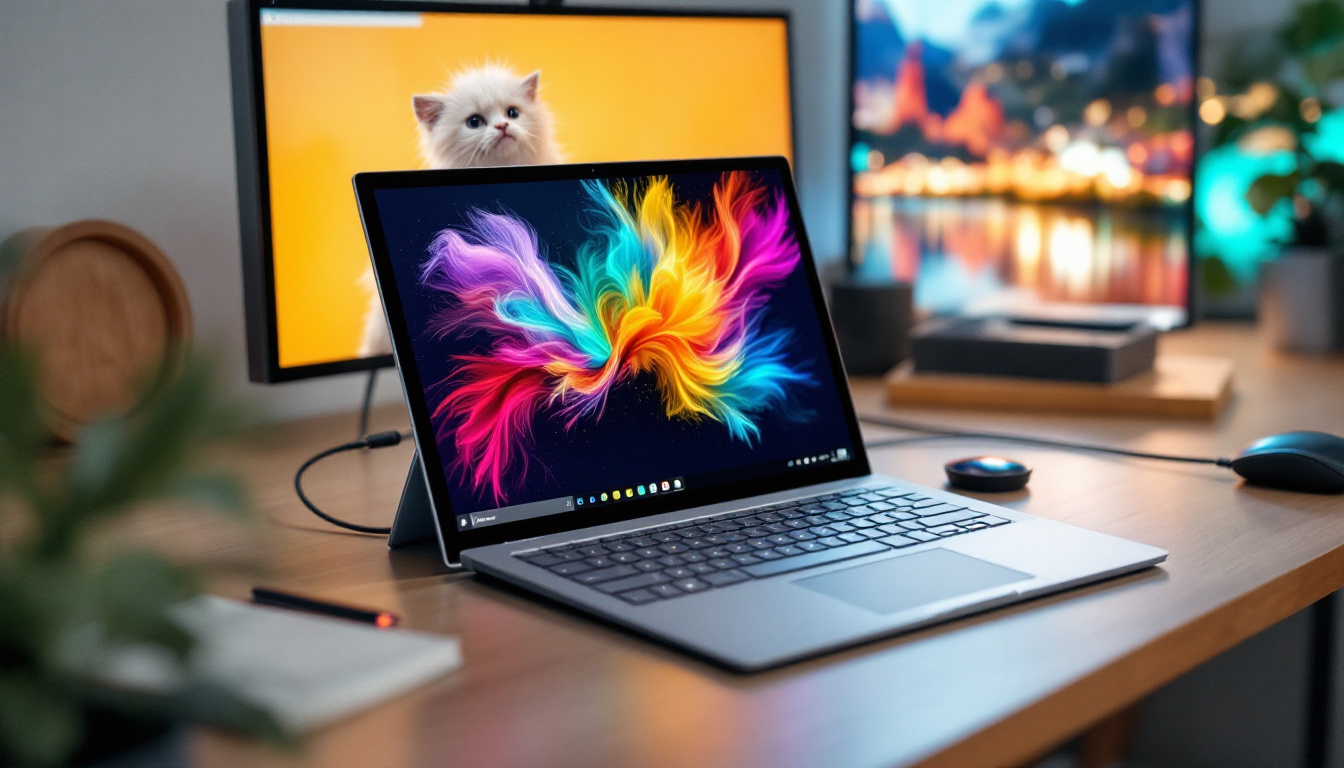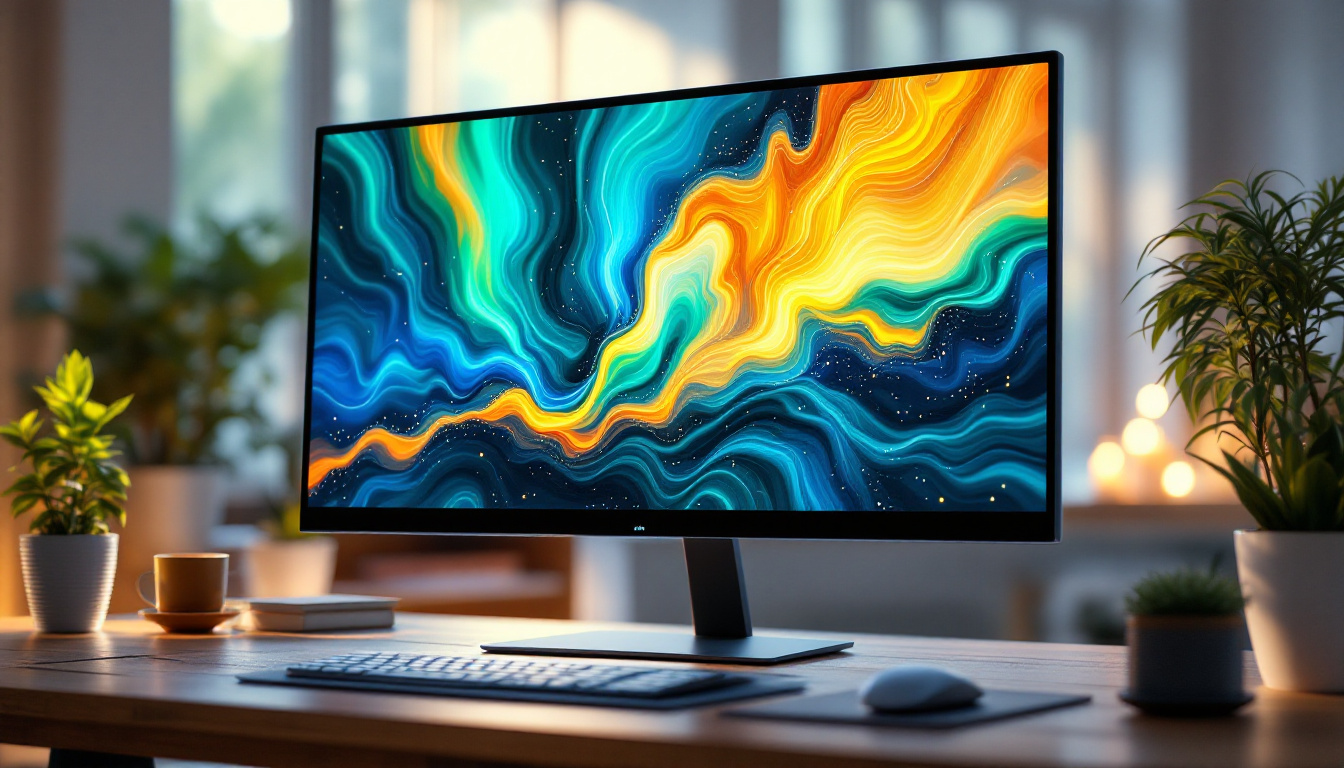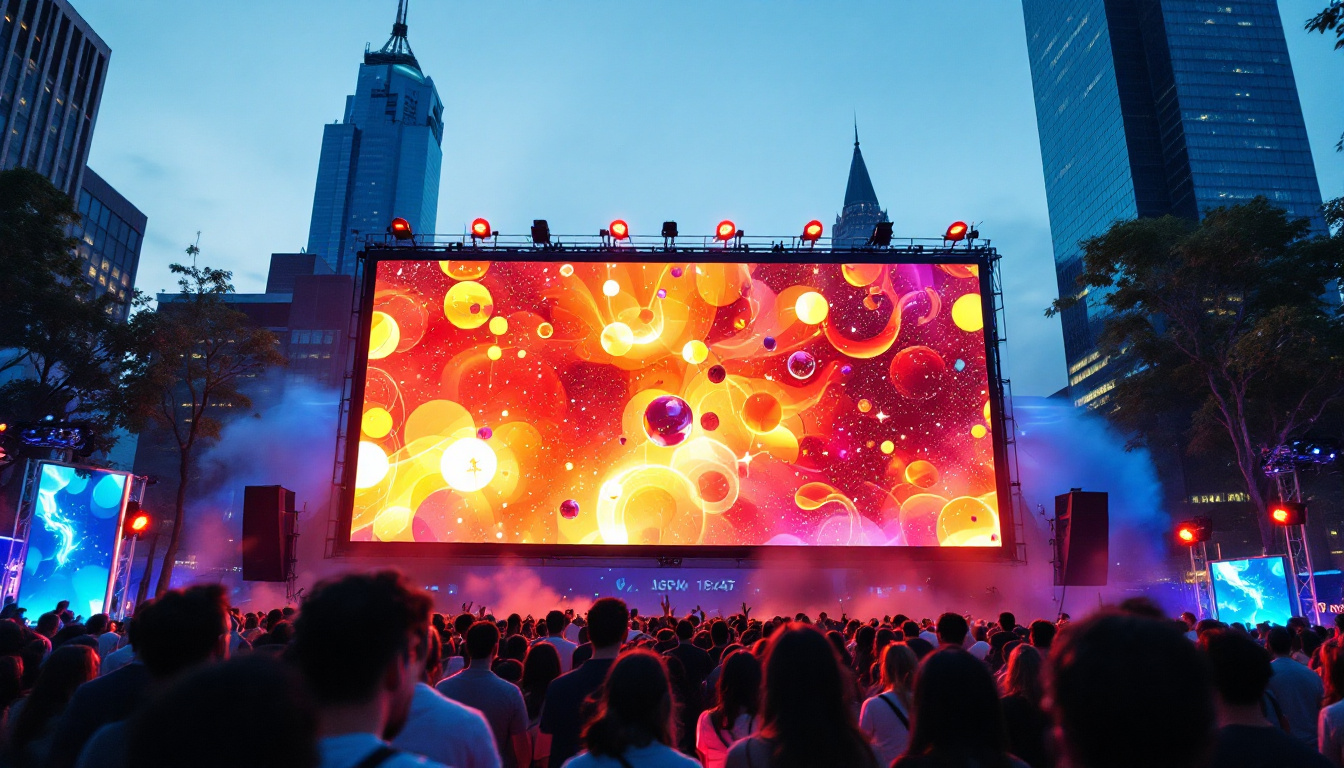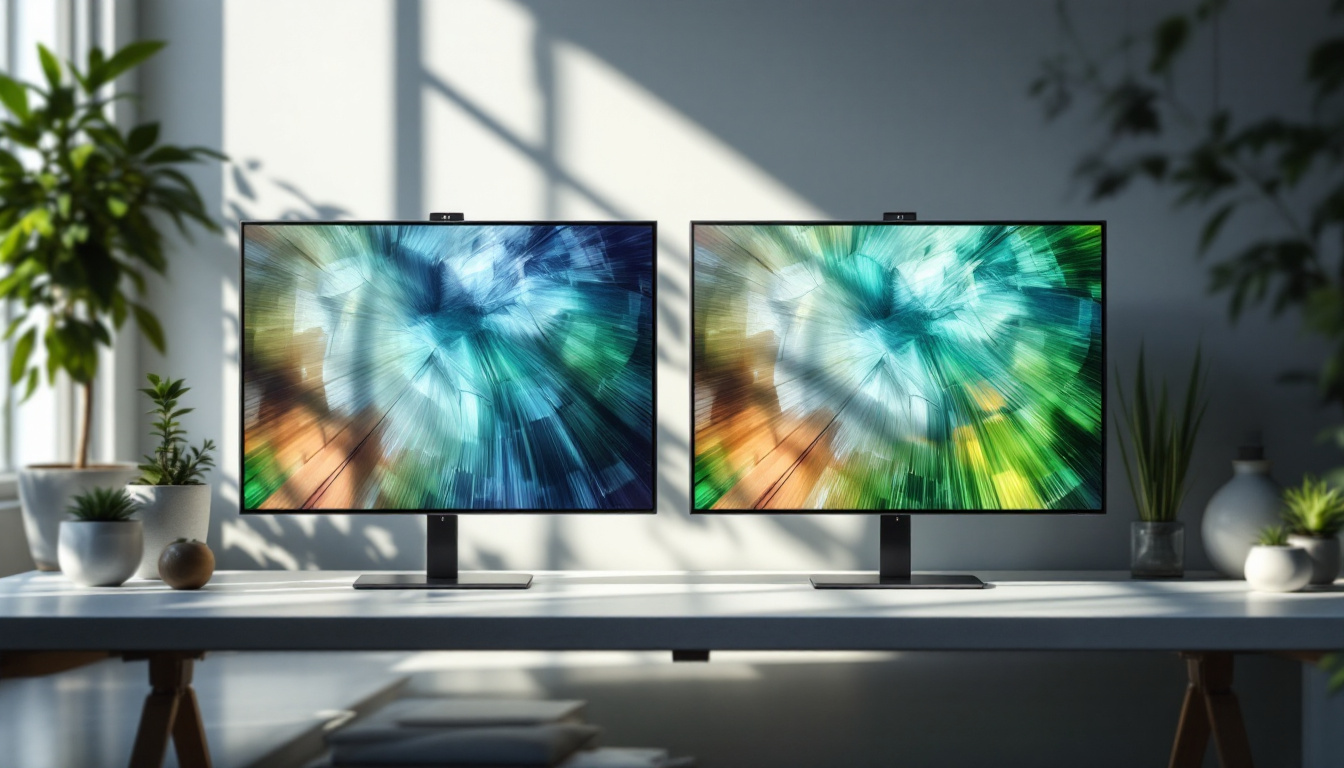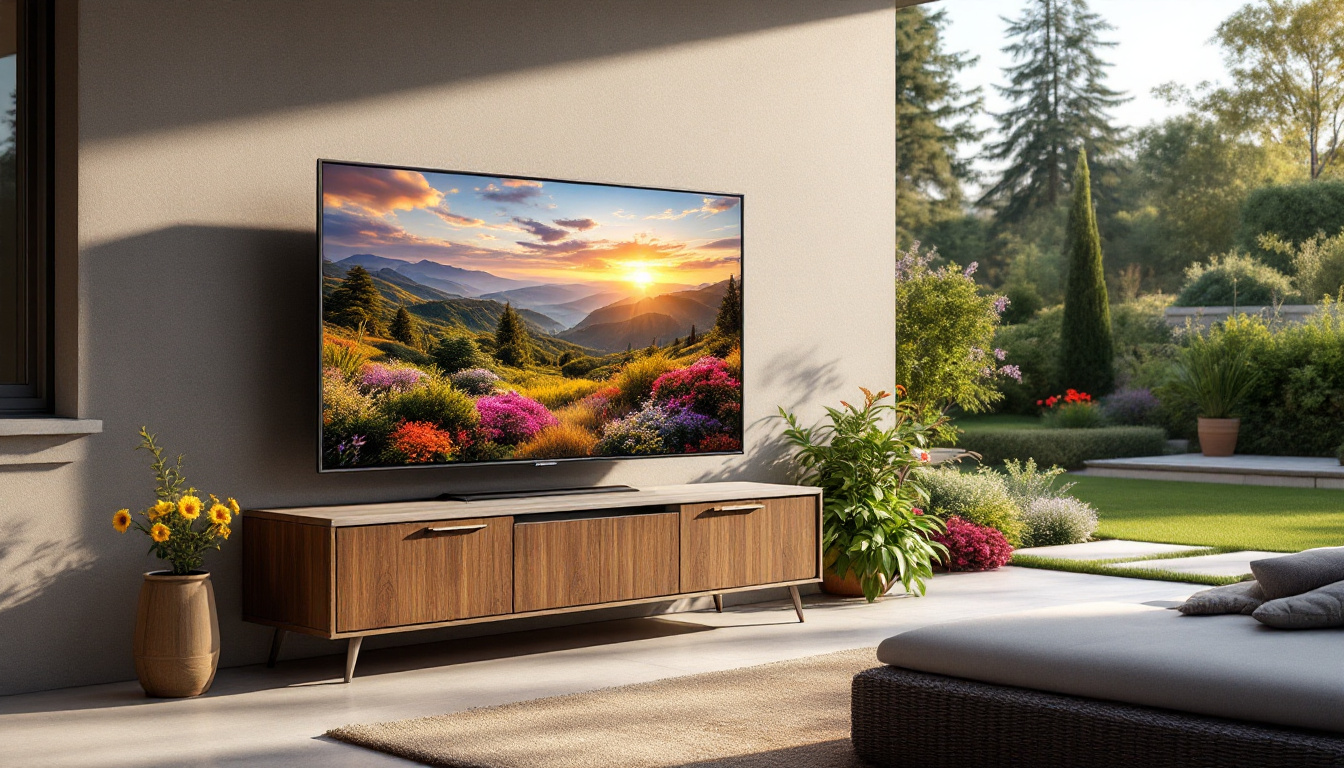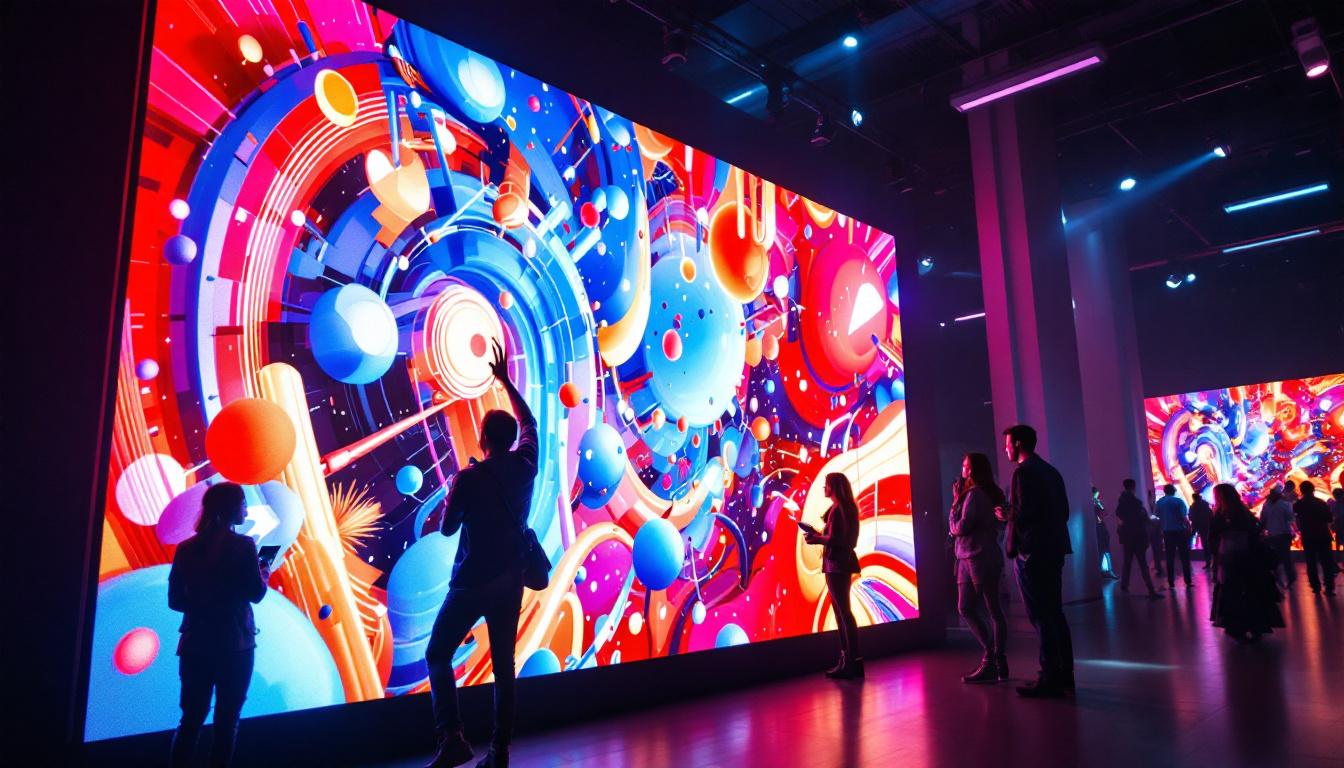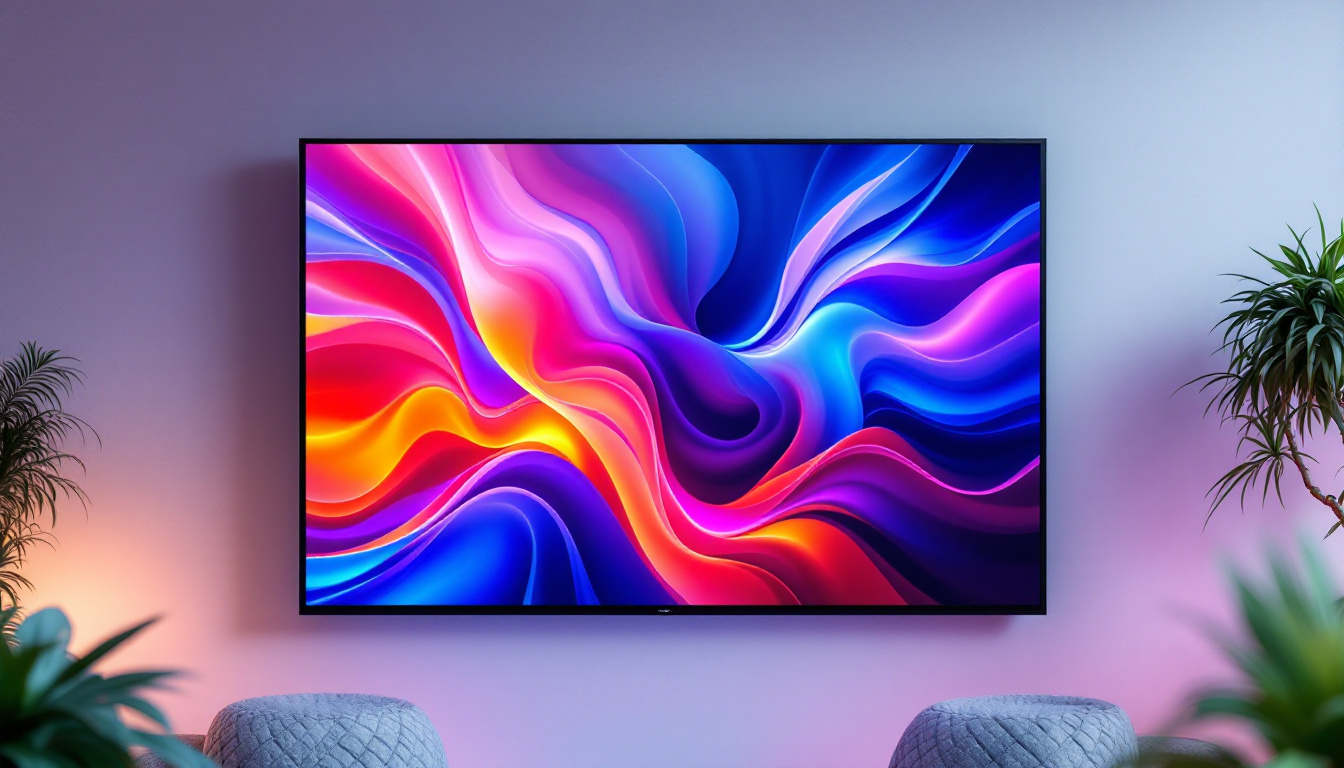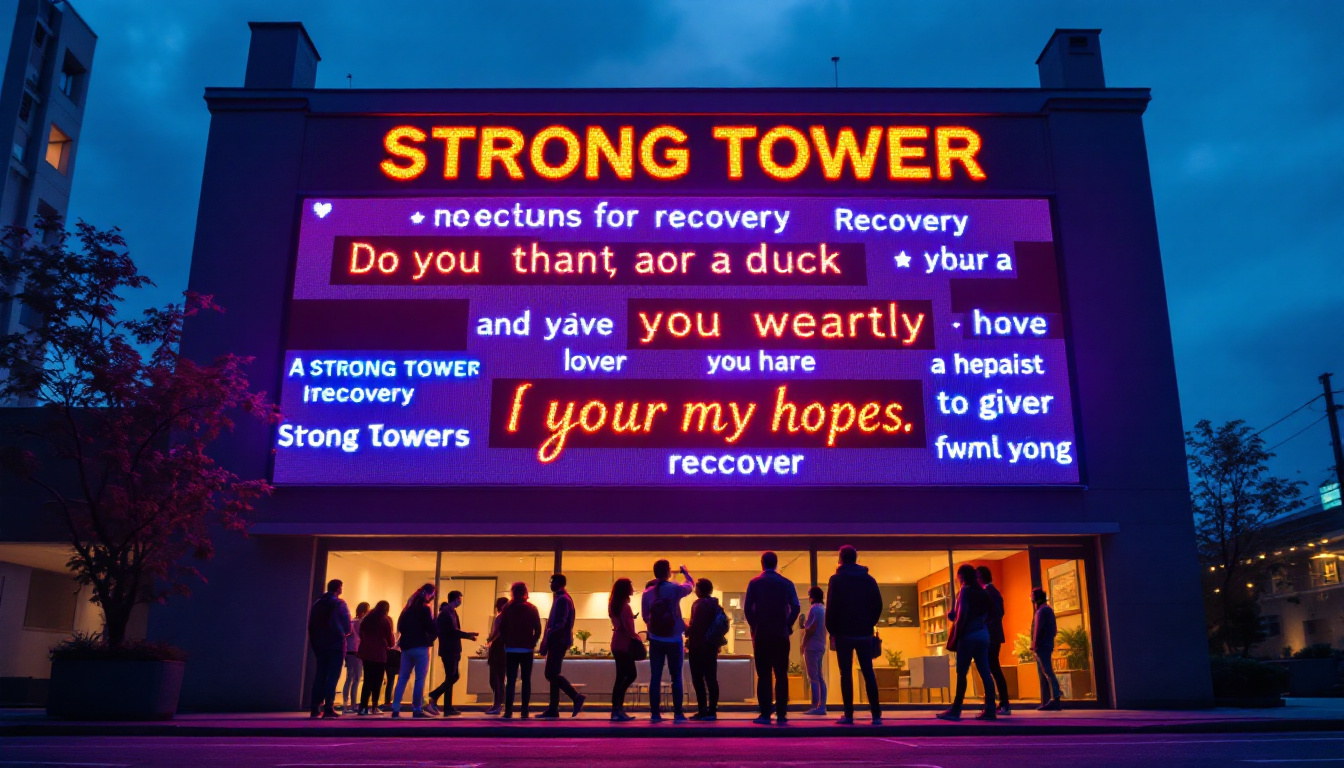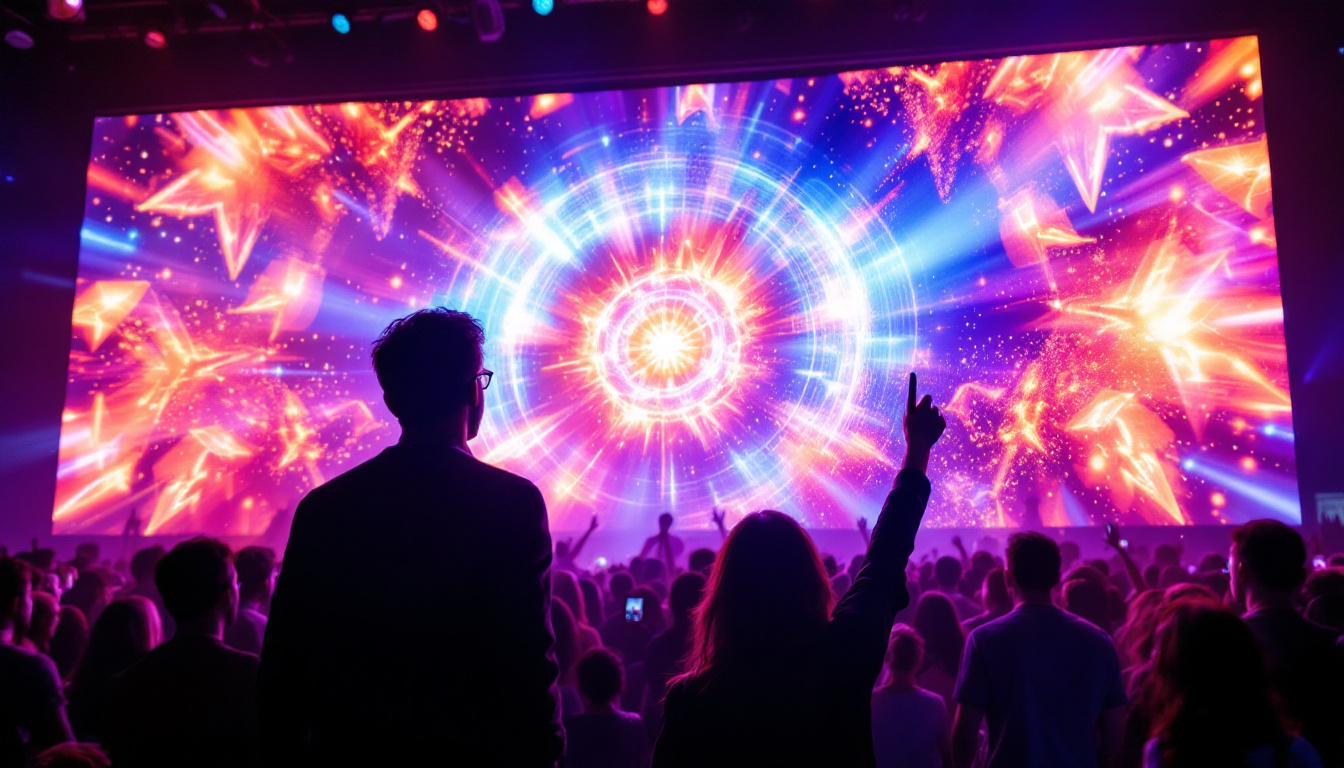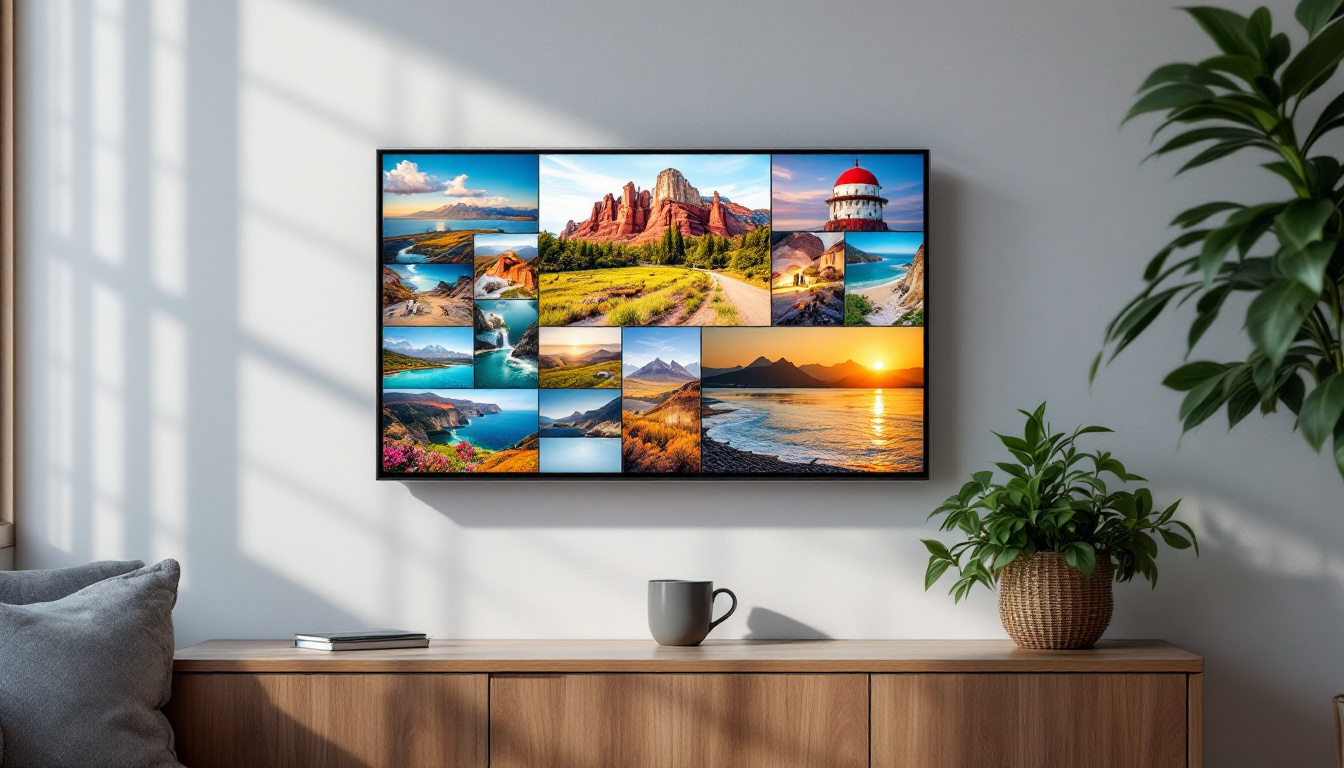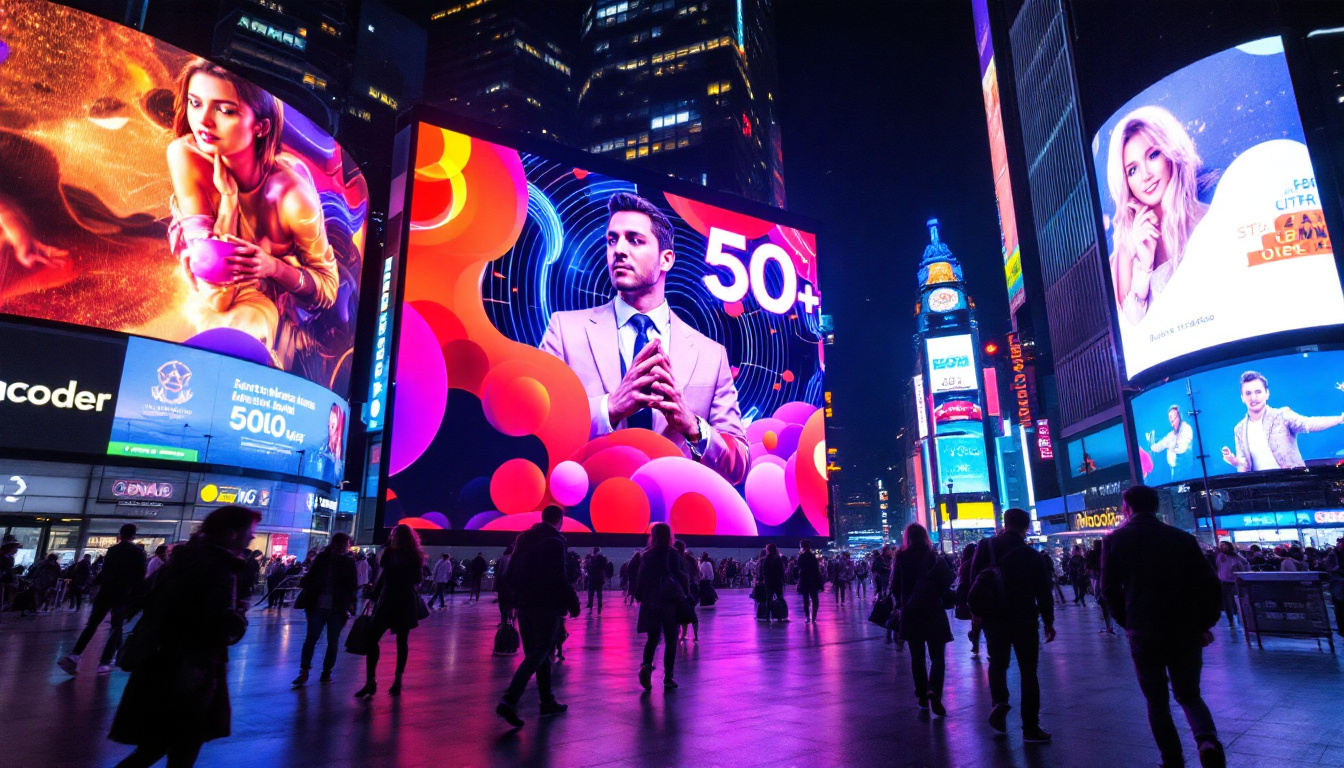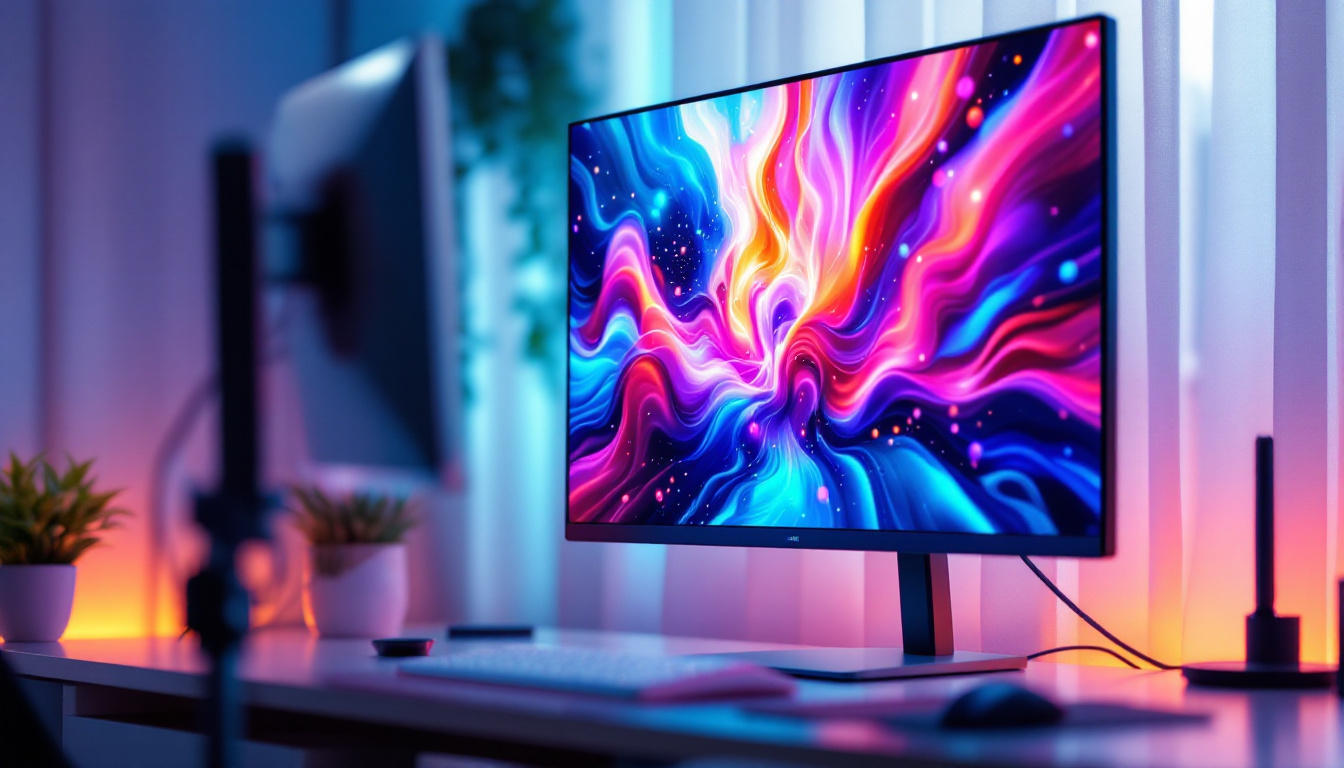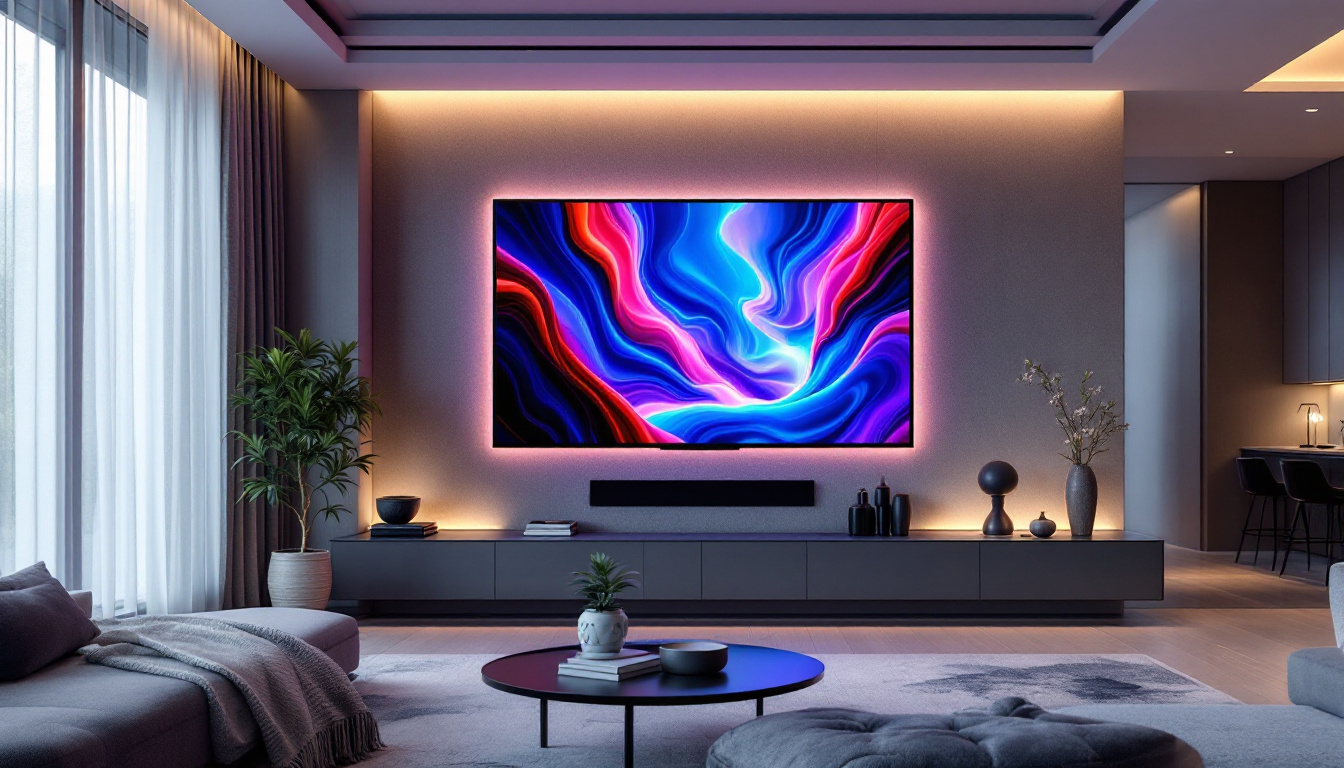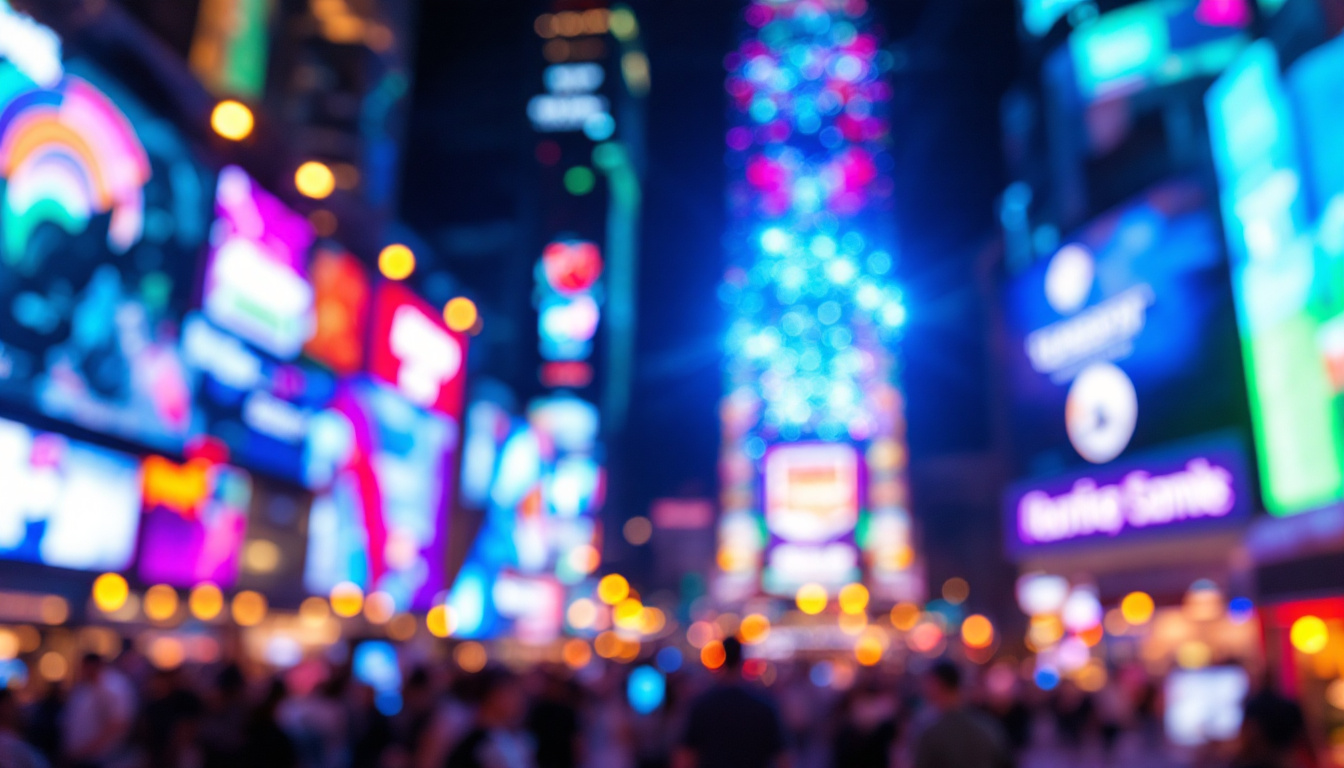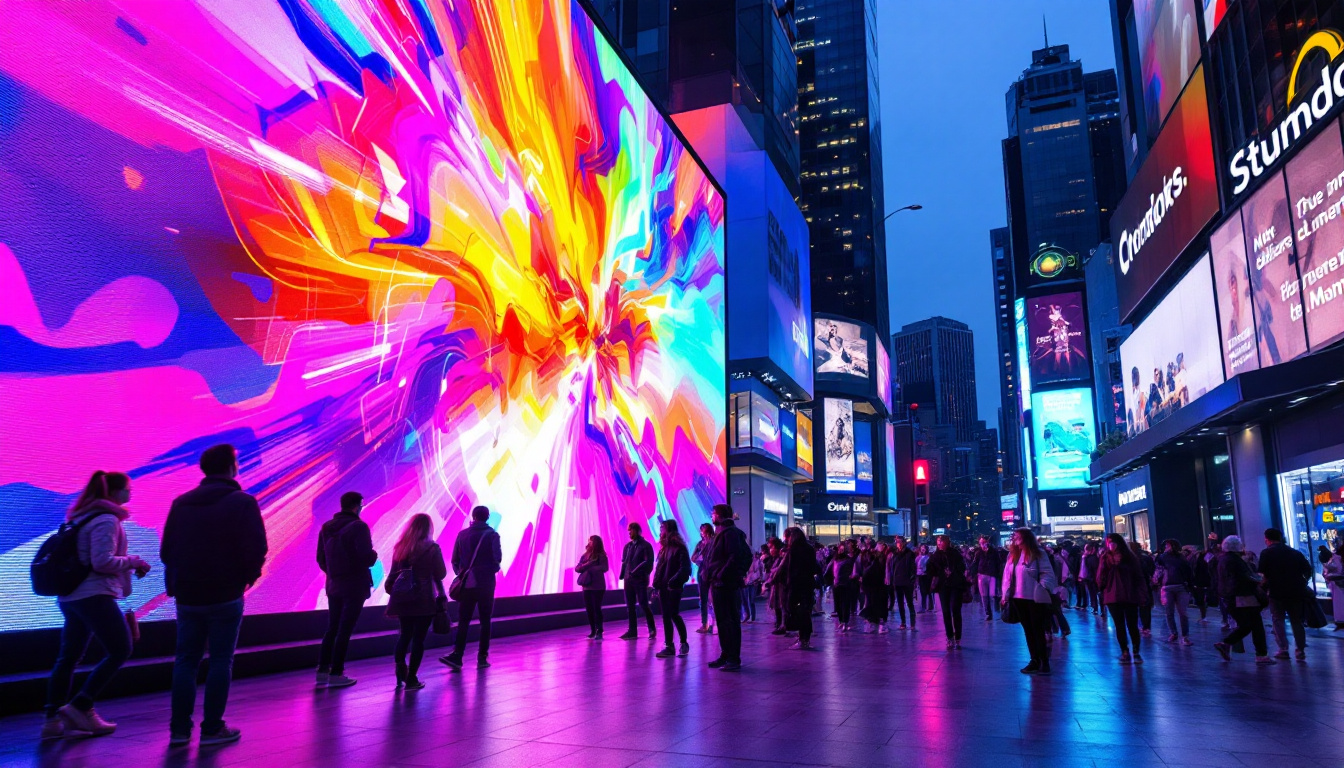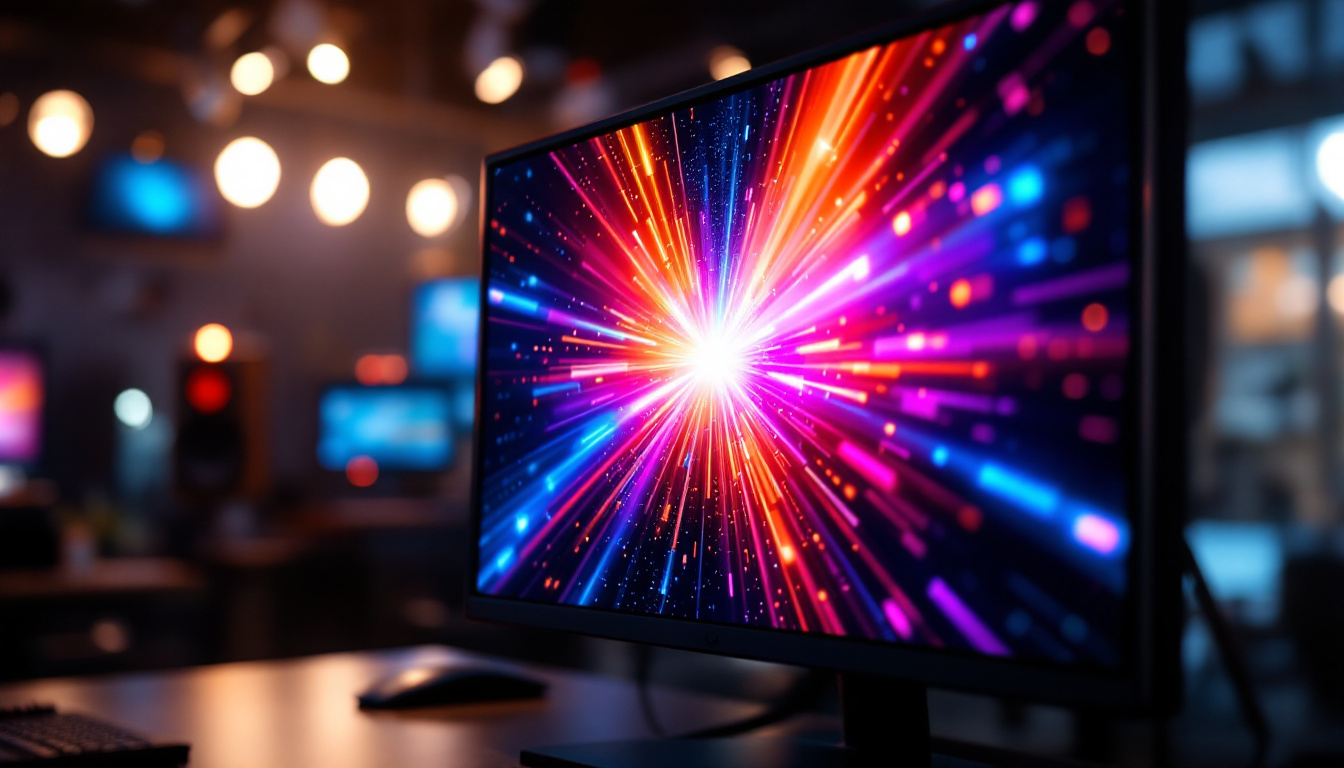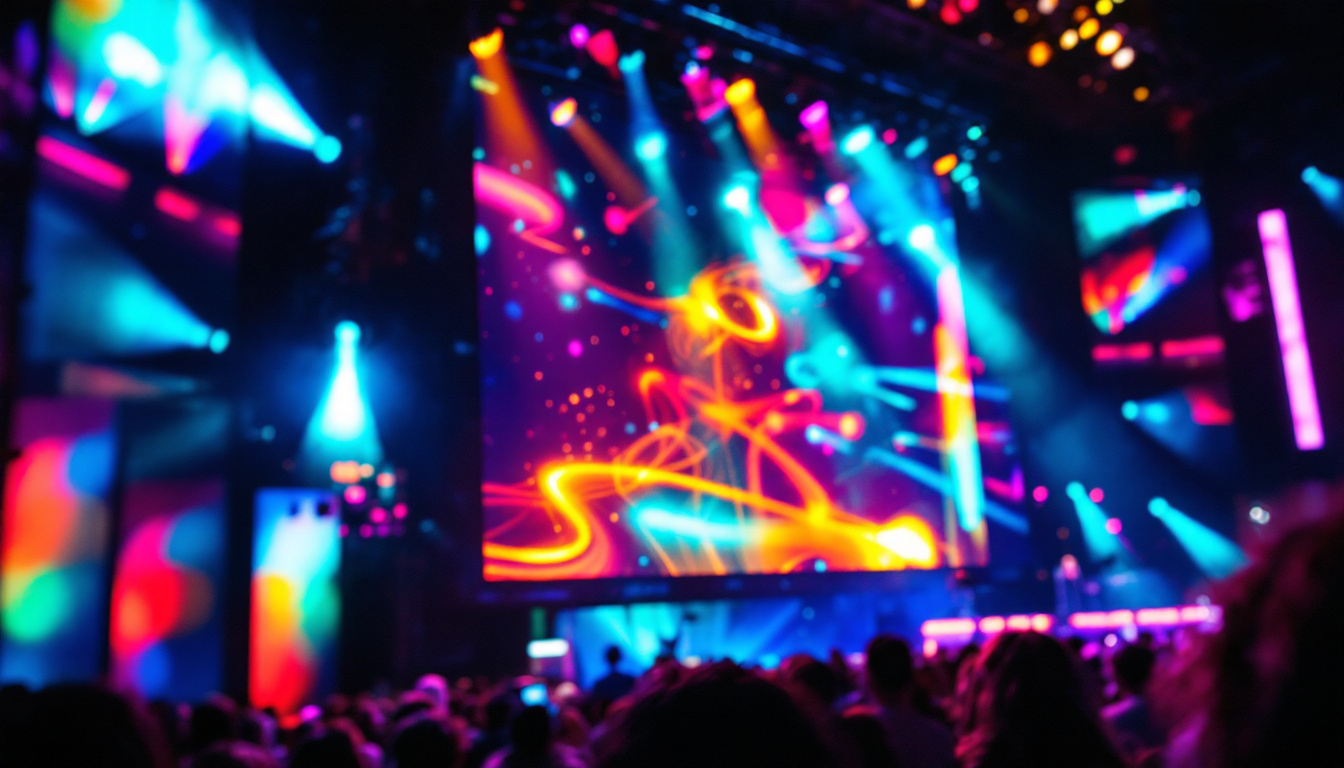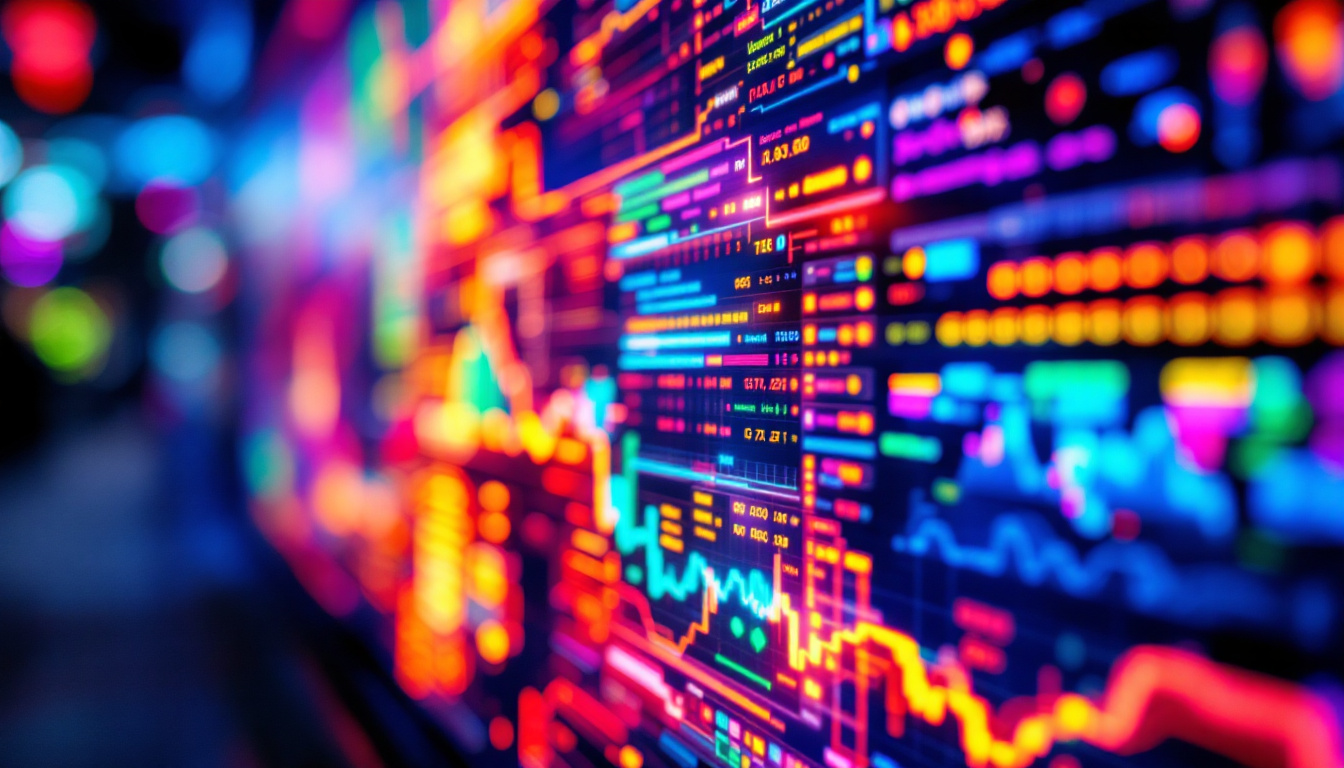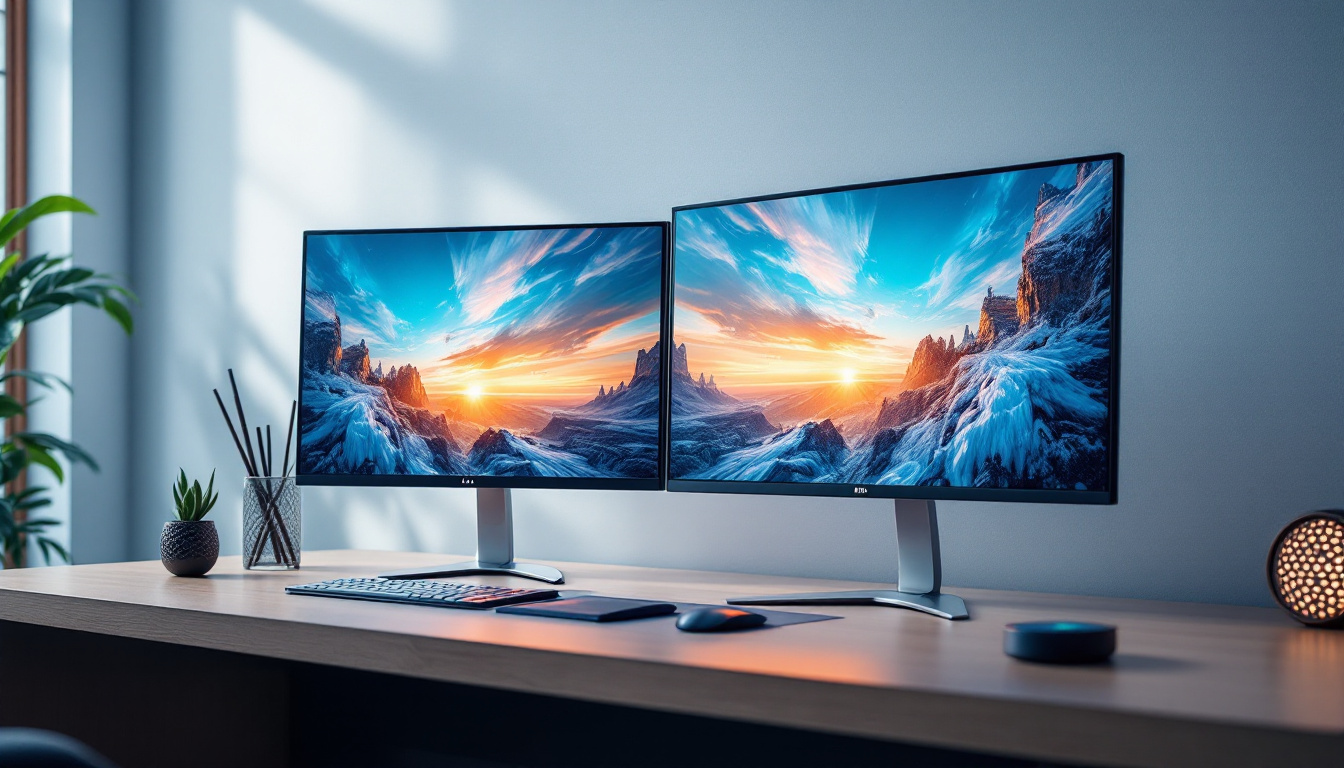In the world of modern technology, LED displays have emerged as a cornerstone of visual communication. From gigantic billboards to the screens of smartphones, the versatility and efficiency of LED (Light Emitting Diode) technology have transformed how information is presented and consumed. This article delves into the intricacies of LED displays, exploring their components, applications, and the future of this dynamic technology.
Understanding LED Technology
LED technology is rooted in the principles of electroluminescence, where certain materials emit light when an electric current passes through them. This phenomenon forms the basis for LED displays, which utilize an array of these diodes to create vibrant images and videos. The simplicity of the technology belies its complexity in terms of design and application. As the demand for energy-efficient lighting solutions continues to rise, LED technology has become increasingly relevant in both commercial and residential settings, revolutionizing how we illuminate our environments.
What is an LED?
An LED, or Light Emitting Diode, is a semiconductor device that emits light when current flows through it. The color of the light emitted depends on the materials used in the diode. Common colors include red, green, blue, and white, which can be combined to produce a wide spectrum of colors. This capability is what makes LEDs so appealing for display purposes. The versatility of LEDs extends beyond mere color; they can also be designed to emit light in various forms, such as diffused, focused, or even in specific patterns, allowing for creative applications in art and design.
Unlike traditional incandescent bulbs, LEDs are highly energy-efficient and have a longer lifespan. They convert a significant portion of electricity into light rather than heat, making them a preferred choice for various applications, including signage, television screens, and decorative lighting. Furthermore, advancements in LED technology have led to the development of smart LEDs that can be controlled remotely, integrated with home automation systems, and even programmed to change colors or brightness based on user preferences or environmental conditions.
The Anatomy of an LED Display
An LED display is composed of multiple individual LED units arranged in a grid. Each unit can be controlled independently, allowing for precise color and brightness adjustments. The main components of an LED display include:
- LED Modules: These are the building blocks of the display, where each module contains a matrix of LEDs.
- Control System: This system manages the data sent to the display, ensuring that images and videos are rendered accurately.
- Power Supply: A reliable power source is essential for maintaining the brightness and performance of the display.
The arrangement and density of these modules determine the resolution and clarity of the display. Higher pixel density results in sharper images, which is crucial for applications requiring high visual fidelity. Additionally, LED displays can be designed for both indoor and outdoor use, with outdoor displays typically featuring enhanced weatherproofing and brightness capabilities to ensure visibility in direct sunlight. The ongoing innovation in LED technology also includes the integration of flexible displays that can be bent or shaped to fit unconventional spaces, opening up new possibilities for advertising and artistic installations.
Applications of LED Displays
LED displays are ubiquitous in today’s society, serving a wide range of purposes across various industries. Their adaptability and efficiency make them suitable for both indoor and outdoor environments. Here are some of the most common applications:
Advertising and Marketing
One of the most prominent uses of LED displays is in advertising. Digital billboards, often seen along highways and in urban centers, utilize LED technology to capture the attention of passersby. The ability to change content dynamically allows advertisers to reach a broader audience and tailor messages to specific demographics.
Moreover, LED displays can be programmed to show different ads at different times, maximizing exposure and engagement. This flexibility is a significant advantage over traditional static billboards, which require physical changes to update content.
Entertainment and Events
In the entertainment industry, LED displays play a crucial role in enhancing the viewer experience. Concerts, sporting events, and theatrical performances often feature large LED screens that display live feeds, graphics, and animations. These displays not only provide visual excitement but also ensure that audiences, regardless of their seating position, can enjoy the show.
Furthermore, LED technology has revolutionized the film industry, where LED walls are increasingly used for virtual production. This technique allows filmmakers to create immersive environments without the need for extensive set designs, streamlining the production process.
Information and Communication
LED displays are also widely used for informational purposes. Transportation hubs, such as airports and train stations, utilize LED screens to provide real-time updates on schedules and arrivals. Similarly, educational institutions employ LED displays for announcements and interactive learning experiences.
The clarity and visibility of LED displays make them ideal for conveying important information quickly and effectively. Their ability to operate in various lighting conditions further enhances their utility in public spaces.
Advantages of LED Displays
The rise of LED technology can be attributed to several advantages it offers over traditional display technologies. Understanding these benefits is key to appreciating why LED displays have become so prevalent.
Energy Efficiency
One of the most significant advantages of LED displays is their energy efficiency. LEDs consume considerably less power compared to older technologies, such as incandescent or fluorescent lights. This efficiency not only reduces operational costs but also contributes to environmental sustainability.
As businesses and organizations increasingly prioritize green practices, the adoption of LED technology aligns with their goals of minimizing energy consumption and reducing carbon footprints.
Longevity and Durability
LED displays are known for their long lifespan, often exceeding 50,000 hours of operation. This durability translates to fewer replacements and lower maintenance costs over time. Unlike traditional displays, which may suffer from burn-in or degradation, LED technology maintains consistent performance throughout its lifespan.
The robust construction of LED displays also makes them resistant to shock and vibration, making them suitable for both indoor and outdoor applications where environmental factors may pose a risk.
High Brightness and Contrast
LED displays are capable of producing high brightness levels, making them easily visible in various lighting conditions. This feature is particularly beneficial for outdoor applications, where sunlight can diminish the visibility of traditional displays.
Additionally, LED technology offers superior contrast ratios, enhancing the overall image quality. The ability to display deep blacks alongside bright colors results in more vibrant and engaging visuals, which is essential for capturing audience attention.
Challenges and Considerations
Despite their many advantages, LED displays are not without challenges. Understanding these potential drawbacks is crucial for making informed decisions regarding their use.
Initial Costs
The initial investment for LED displays can be higher than that of traditional display technologies. While the long-term savings in energy and maintenance costs are significant, the upfront expense may deter some organizations from making the switch.
However, as technology advances and production processes improve, the cost of LED displays has been steadily decreasing, making them more accessible to a wider range of users.
Heat Management
LED displays generate heat during operation, which can affect performance if not managed properly. Effective heat dissipation is essential to maintain the longevity and efficiency of the display. Manufacturers often incorporate cooling systems or design features to mitigate this issue, but it remains a consideration for installation and maintenance.
Color Calibration
Achieving consistent color representation across an LED display can be challenging, especially in large installations with multiple modules. Calibration is necessary to ensure uniformity and accuracy in color reproduction. This process may require specialized equipment and expertise, adding to the complexity of installation and maintenance.
The Future of LED Displays
The future of LED displays is bright, with ongoing advancements in technology and applications. As industries continue to explore innovative uses for LED technology, several trends are emerging.
MicroLED Technology
MicroLED is an exciting development in the LED display landscape. This technology utilizes tiny individual LEDs to create displays with even higher resolution and improved performance. MicroLED displays are expected to offer enhanced color accuracy, faster refresh rates, and greater energy efficiency, making them ideal for high-end applications such as virtual reality and augmented reality.
As MicroLED technology matures, it is likely to become more mainstream, further pushing the boundaries of what is possible in display technology.
Integration with Smart Technology
The integration of LED displays with smart technology is another trend shaping the future. As the Internet of Things (IoT) continues to expand, LED displays will play a crucial role in smart cities and connected environments. This integration will enable real-time data sharing, dynamic content updates, and enhanced interactivity.
For instance, smart LED displays can adapt their content based on environmental conditions or user interactions, creating a more personalized experience for viewers.
Advancements in Flexibility and Form Factor
Future LED displays are expected to become increasingly flexible and versatile in their form factors. Innovations in materials and manufacturing processes will allow for bendable and transparent displays, opening up new possibilities for design and application.
This flexibility will enable the creation of unique installations, such as curved screens or displays integrated into architectural elements, enhancing both functionality and aesthetics.
Conclusion
LED displays have revolutionized the way information is communicated and consumed. Their energy efficiency, longevity, and vibrant visual capabilities have made them a staple in various industries, from advertising to entertainment and beyond. While challenges remain, the ongoing advancements in LED technology promise a bright future filled with innovative applications and enhanced user experiences.
As organizations continue to embrace LED displays, understanding their components, advantages, and potential challenges is essential for making informed decisions. With the rapid pace of technological development, the possibilities for LED displays are limitless, paving the way for a more visually engaging and interconnected world.
Explore the Future of Visual Communication with LumenMatrix
Ready to elevate your visual presence and captivate your audience with unparalleled clarity? Discover LumenMatrix’s comprehensive range of LED display solutions, from vibrant Indoor and Outdoor LED Wall Displays to innovative Custom and All-in-One LED Displays. Embrace the future of digital signage with our cutting-edge technology designed to make your brand shine. Check out LumenMatrix LED Display Solutions today and transform the way you communicate visually.

